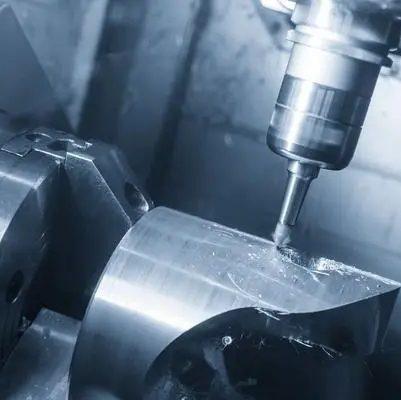Keep in mind that not all stainless steel is created equal. It's harder to machine some types of stainless steel than others. It's critical to consult a CNC machining expert to determine which type of stainless steel is best for your specific use. The following types of stainless steel can be CNC milled:
- Martensitic stainless steels: Martensitic stainless steels are well known for their high strength and hardness. Heat treatment can make them more durable even though their corrosion resistance is not as high as that of austenitic stainless steel. Several common martensitic stainless steels that can be CNC milled are 410, 420, and 440C.
- Austenitic stainless steel: Austenitic stainless steel is the most widely used type of stainless steel because of its exceptional formability and corrosion resistance. Common austenitic stainless steels that can be CNC milled are 304, 316, and 303.
- Duplex stainless steels: Duplex stainless steels are made by combining austenitic and ferritic stainless steels. They can be harder to machine than other types of stainless steel, but they are stronger and more resistant to corrosion. Among the common duplex stainless steels that can be CNC milled are 2205 and 2507.
- Precipitation-hardened stainless steel: Precipitation-hardened stainless steel is one type of martensitic stainless steel that can be hardened through precipitation hardening. They are extremely strong and hard, but they can be difficult to machine. Stainless steels 17-4 PH and 15-5 PH are precipitation-hardened and can be machined using a CNC.
- Ferritic stainless steels: Ferritic stainless steels are very well-liked because of their affordable price and outstanding formability. In terms of corrosion resistance, they perform better than martensitic stainless steels, but they are not as robust as austenitic stainless steels. Two common ferritic stainless steels that can be CNC milled are 430 and 439.
The best type of stainless steel for CNC milling will depend on the part's exact specifications. For example, austenitic stainless steel would be a great choice if the part required extraordinary corrosion resistance. It is a good idea to choose precipitation-hardened or martensitic stainless steel if the part needs a high level of hardness and strength.

